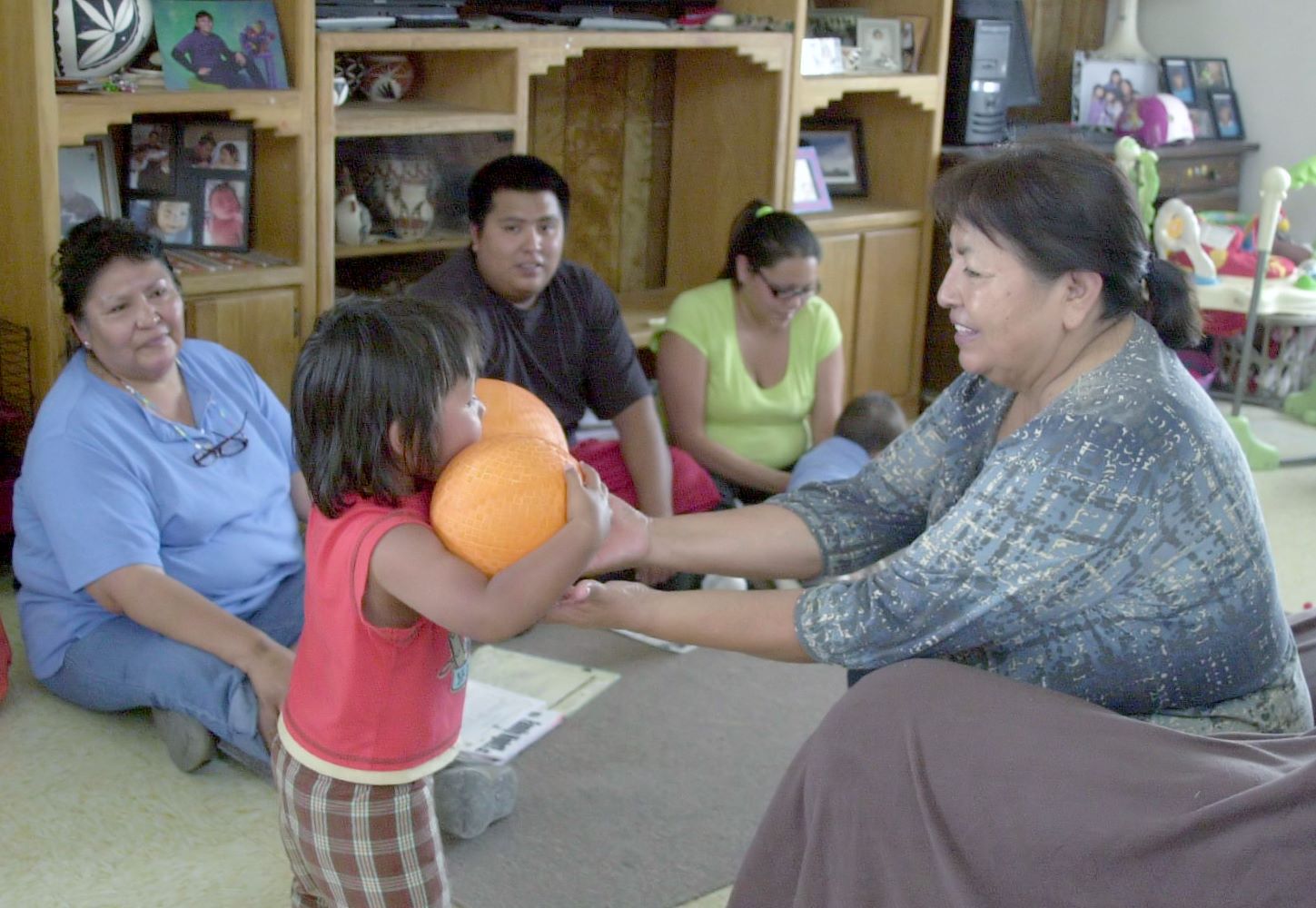 School readiness means that "children are ready for school, families are ready to support their children’s learning, and schools are ready for children" (Office of Head Start, 2011).
School readiness means that "children are ready for school, families are ready to support their children’s learning, and schools are ready for children" (Office of Head Start, 2011).
For infants and toddlers, school readiness refers to the developing capacity of children to self-regulate; develop close, secure personal relationships with adults and peers; demonstrate curiosity in, pay attention to, and explore people and objects in the environment; demonstrate a sense of self-confidence; and communicate effectively. For preschoolers, school readiness refers to children possessing the skills, knowledge, and attitudes necessary for success in school and for later learning and life, including physical, cognitive, social, and emotional development. These developing capacities depend on the child having good health and receiving proper nutrition — and it all happens in the context of close, nurturing, culturally responsive relationships with parents, caregivers, extended family, and community.
All Early Head Start and Head Start programs, regardless of program option, are required to establish program goals aligned with the Head Start ELOF for improving the school readiness of participating children (45 CFR §1302.35(d)(ii)). To achieve these goals, programs take the following steps (45 CFR §1302.102(a)(3)):
- Establish goals for improving school readiness across five essential domains: perceptual, motor, and physical development; social and emotional development; language and literacy; cognition and general knowledge; and approaches to learning. The School Readiness in the Home-Based Option section of the Home Visitor’s Online Handbook describes how home visitors support young children’s development, within the context of secure parent-child relationships, in each domain.
- Create and implement an action plan for achieving school readiness goals. This includes an ongoing assessment process that connects to an appropriate curriculum supporting children’s progress toward school readiness goals.
- Assess child progress on an ongoing basis, and aggregate and analyze data at multiple times throughout the year.
- Examine data for patterns of progress for groups of children to revise or develop and implement plans for program improvement.
As a supervisor, your involvement in these steps includes the following:
- Ensure that the school readiness goals meet the requirements outlined in the Head Start ELOF, that the goals are appropriate for and representative of the infants and toddlers in your home-based program, and that parents are engaged in the goal-setting process.
- Work with program staff to develop a plan for achieving school readiness goals that outlines what will be done, who will do it, when it will be accomplished, and what resources are needed.
- Make sure home visitors complete child assessments accurately and in a timely manner so that your program has quality child data to aggregate and analyze.
- Review child-level data with home visitors and work with them to connect the data to individualizing curriculum experiences and services for each child and family.
- Look at child data in combination with other program data such as health, parent engagement and family outcomes, and attendance to identify trends, to determine if your program’s services support child and family growth and progress, as well as direct continuous improvement efforts related to curriculum, responsive care strategies, professional development, program design, and other program decisions.
Learn More
Family Engagement and School Readiness: Building on Family Strengths to Promote Success
School readiness is the process of early learning and development, from infancy to school age. Early interactions with important, caring adults build babies’ brains and influences development. Explore this resource to learn how supporting parent-child relationships promotes learning, healthy development, and later success in school and in life.
Foundations for Excellence: A Guide for Five-Year Planning and Continuous Improvement, 2nd Edition
This guide highlights how sound planning practices support effective Head Start programs. Use this comprehensive guide to learn what Head Start expects from programs’ strategic planning and developing program goals. It also includes frequently asked questions about the relationship between program goals and school readiness goals.
This resource provides examples of school readiness goals across the domains of the Head Start ELOF. Use these examples as a resource when developing your program’s school readiness goals.
Steps for School Readiness: Infant and Toddler Caregivers
For infants and toddlers, school readiness refers to their developing capacity to self-regulate, demonstrate curiosity, communicate effectively, and develop close, secure relationships. Good health and proper nutrition support this capacity, which occurs within the context of nurturing, culturally responsive relationships with parents, caregivers, extended family, and community.
The resources on this page supports caregivers’ work laying the foundations of school readiness for infants and toddlers.
Steps to School Readiness: Preschool Teachers
Use the four School Readiness Action Steps to develop a system of high-quality learning that gets children ready for school success. Teachers do not use the four steps to plan for children but need to consider how their work aligns with each step. Read more to find out how.
Read more:
Resource Type: Article
National Centers: Early Childhood Development, Teaching and Learning
Last Updated: February 12, 2025